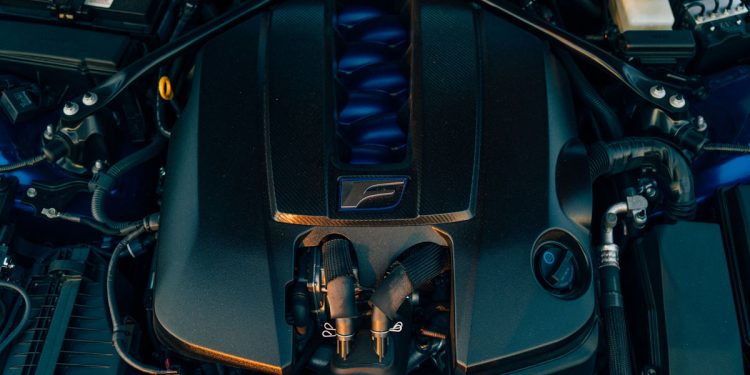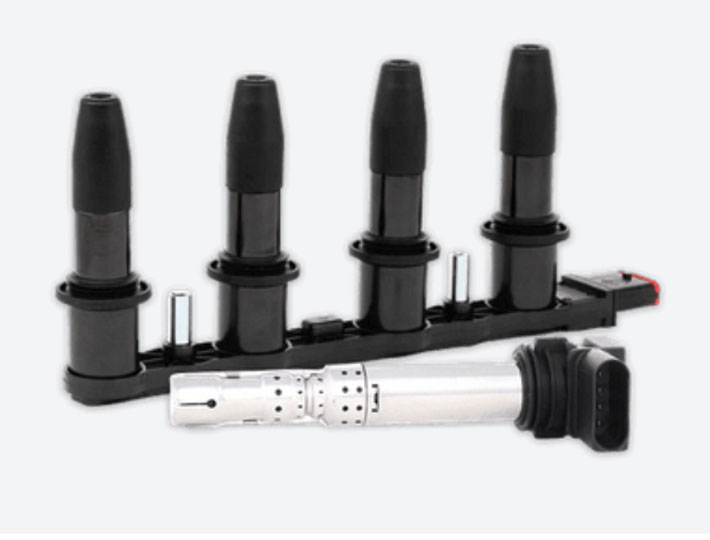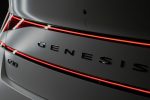How to Diagnose Common Car Starting Problems

Imagine you are getting late for an office meeting; you sit in the car, turn the key to start, and instead of the engine starting, you hear a dead silence. Many of us have been there. It’s not only frustrating but also very inconveniencing. The good thing is that if you have the right knowledge, you can solve and sometimes even fix the problem yourself. Let’s see how.
Check the Battery
The most common reason for a car not starting is its battery. A loud click during ignition and engine non-cranking indicates either a failure battery or internal circuit failure.
But to ascertain that, try switching on the headlights. If you manage to see very low light or no light coming, then it’s a battery issue. Try jump-starting the car to get it started. But change the battery this time if this happens again.
Examine the Starter Motor
In case of a non-battery issue, the main point to check can be the starter motor. When you try to start the car, you must have heard a slight click. But if your engine is not starting, the Starter Motor or Solenoid is the main culprit. The solenoid is responsible for activating the same.
To get it working, just hit the Start Motor a few times, and it will start working normally. But change the same if this is happening repeatedly.
Inspect the Ignition System
Car ignition coil picture taken from onlinecarparts.co.uk
An ignition system problem can stop your car from working. The most likely cause is the major part of the system — the ignition coil failure. The ignition coil sends the spark needed to ignite the fuel in the engine. Therefore, an engine won’t crank up, and a car won’t start if the coil fails.
Look at the Fuel System
Fuel is the issue if your car cranks but doesn’t start. Check if your car has enough fuel in it. If it does, listen to the fuel pump when you turn the key to the ON position. A clogged filter or fuel pump might be the problem if you don’t hear any humming.
A rough idle or failure to start, even with a working battery and motor, indicates an ignition coil issue. Simply check its connections and use a multimeter to confirm.
Assess the Fuses and Relays
Sometimes, a popped fuse or bad relay can prevent your car from starting. Examine the fuse box for ignition and fuel pump fuses that may have gone bad. Although replacing a fuse will fix the issue, a bad relay can require a replacement to restore operation.
Test the Security System
Modern vehicles often come with anti-theft technology, which can create problems from time to time. You may have a security issue if you see a blinking light on the dash or the key fob is not detected; check the owner’s manual for a security reset, or contact a professional for further assistance if the anti-theft system continues to cause the no start, no crank problem.
Check for Error Codes
You can also plug the OBD-II scanner into the vehicle’s diagnostic port to reveal the error code. These codes will display information about the issue and can close in on your possible no-start, no-crank cause. This step requires a tool but can be very useful in diagnosing and discovering issues that are not mechanically obvious right away.
Driving with a Healthy Ignition System
Battery, starter, ignition, and fuel all play a role when an engine fails to come on. Fuses, relays, and security issues come to mind when the basics are okay. Knowing what to look for saves the visit to a mechanic, money, and time.










